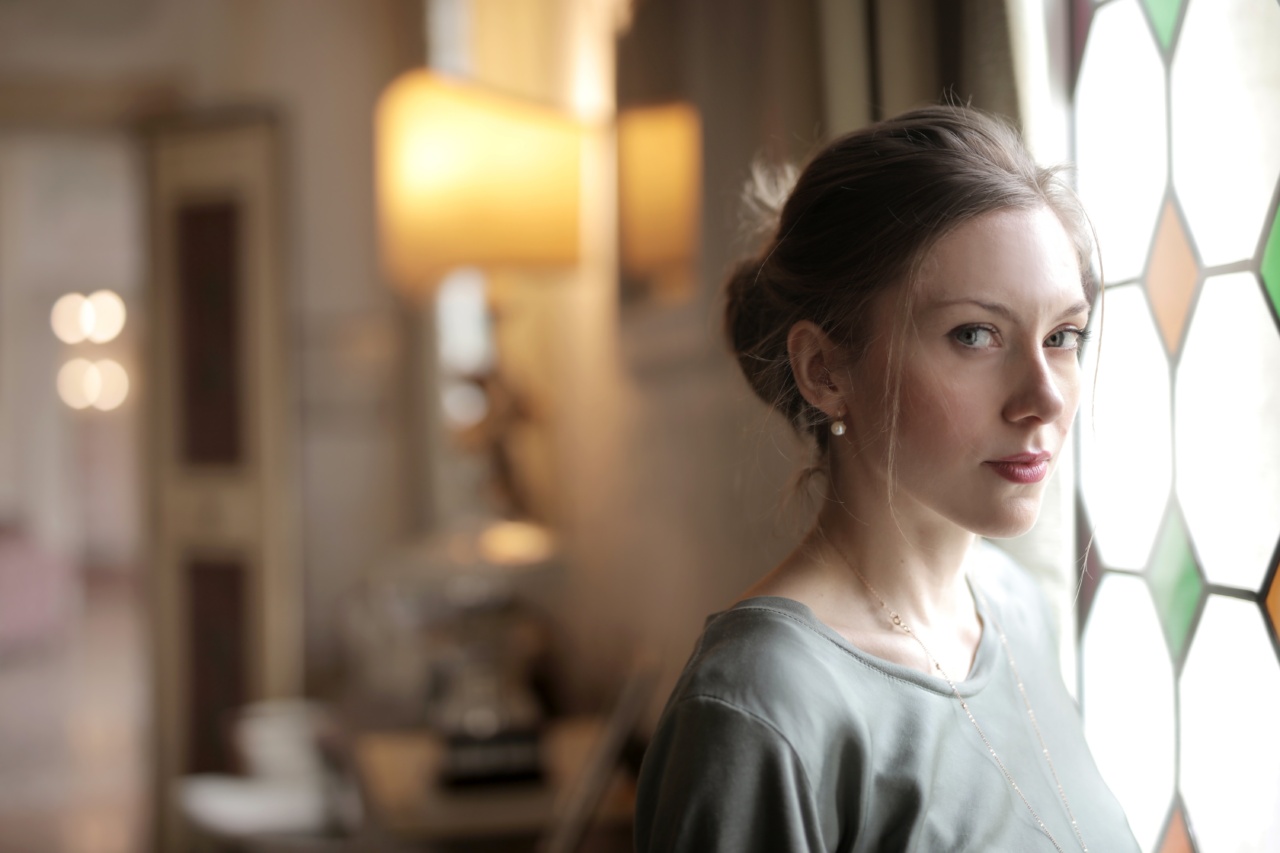Beauty and attractiveness are subjective qualities that are influenced by various factors, including personal preferences, cultural norms, and societal standards.
While it is essential to recognize that beauty comes in all shapes, sizes, and ages, there has always been curiosity surrounding the age at which men tend to find women most attractive. In this article, we delve into the topic and explore the factors that may contribute to this perception.
Physical Appearance
Physical appearance plays a significant role in initial attraction for both men and women. While beauty standards evolve over time, certain physical features are universally associated with youth and fertility, which are inherently attractive traits.
Historically, men have been wired to be attracted to women in their reproductive prime, which is typically in their early twenties. This primal instinct may be a result of evolutionary factors, as these women are more likely to have healthy offspring.
However, it is essential to note that physical appearance is not the sole determinant of attraction, and individual preferences can vary widely.
Men may find women of different ages attractive based on their unique physical features, personality traits, and overall compatibility.
Personal Growth and Confidence
As men mature, they often seek partners who possess qualities beyond just physical beauty. Many men find women who have experienced personal growth and have cultivated confidence to be especially attractive.
This may explain why men in their thirties and beyond often find women in their late twenties and early thirties appealing.
Women in this age bracket tend to have a better understanding of themselves, more life experience, and clearer personal goals. They have likely overcome certain challenges and have a stronger sense of self-esteem and confidence.
These qualities can be incredibly attractive to men who value emotional intelligence and maturity.
Maturity and Emotional Intelligence
Maturity and emotional intelligence are important qualities that are often associated with age. Men may find women who have developed these qualities attractive because they bring depth and understanding to a relationship.
Emotional intelligence allows for better communication, empathy, and the ability to navigate conflicts effectively.
Women who are in their thirties or beyond often possess higher levels of emotional intelligence due to life experiences and personal growth. This can make them more attractive to men who seek deeper connections and meaningful relationships.
Compatibility and Shared Interests
In addition to physical appearance and personal growth, compatibility and shared interests significantly contribute to attraction. As men age, their priorities and interests may change, leading them to seek partners who share similar values and goals.
Men often find women who are in similar life stages and have similar interests appealing. This is not solely dependent on age but can be more prevalent in certain age groups.
For example, men in their forties may be more attracted to women who have established careers and share their ambition.
Societal Influences on Perception
Societal influences, including media and cultural norms, can significantly impact perceptions of beauty and attractiveness. Throughout history, beauty standards have varied across cultures and time periods.
While some societies place a higher value on youth, others appreciate qualities associated with maturity and wisdom.
These societal influences shape men’s preferences and perceptions of attractiveness.
Media portrayals of certain age groups as more desirable or the societal emphasis on youthfulness can impact men’s preferences for women of a particular age.
Diversity in Preferences
It is crucial to acknowledge that there is immense diversity in individual preferences when it comes to attraction. While some men may find women in their twenties most attractive, others may be drawn to women in their thirties, forties, or beyond.
Additionally, many men are attracted to qualities beyond physical appearance, such as intelligence, sense of humor, and kindness.
It is essential to appreciate and respect these diverse preferences, allowing individuals to form connections based on personal compatibility rather than societal norms or expectations.
Conclusion
Attractiveness is a complex and multifaceted concept, influenced by various factors including physical appearance, personal growth, maturity, and compatibility.
While there may be a general perception that men find women in their early twenties most attractive, personal preferences and individual compatibility play a significant role.
It is imperative to shift the focus from age-based attractiveness to valuing personal qualities and connections when seeking meaningful relationships.
Emphasizing personal growth, confidence, emotional intelligence, and shared interests can lead to more fulfilling partnerships that transcend age boundaries.































